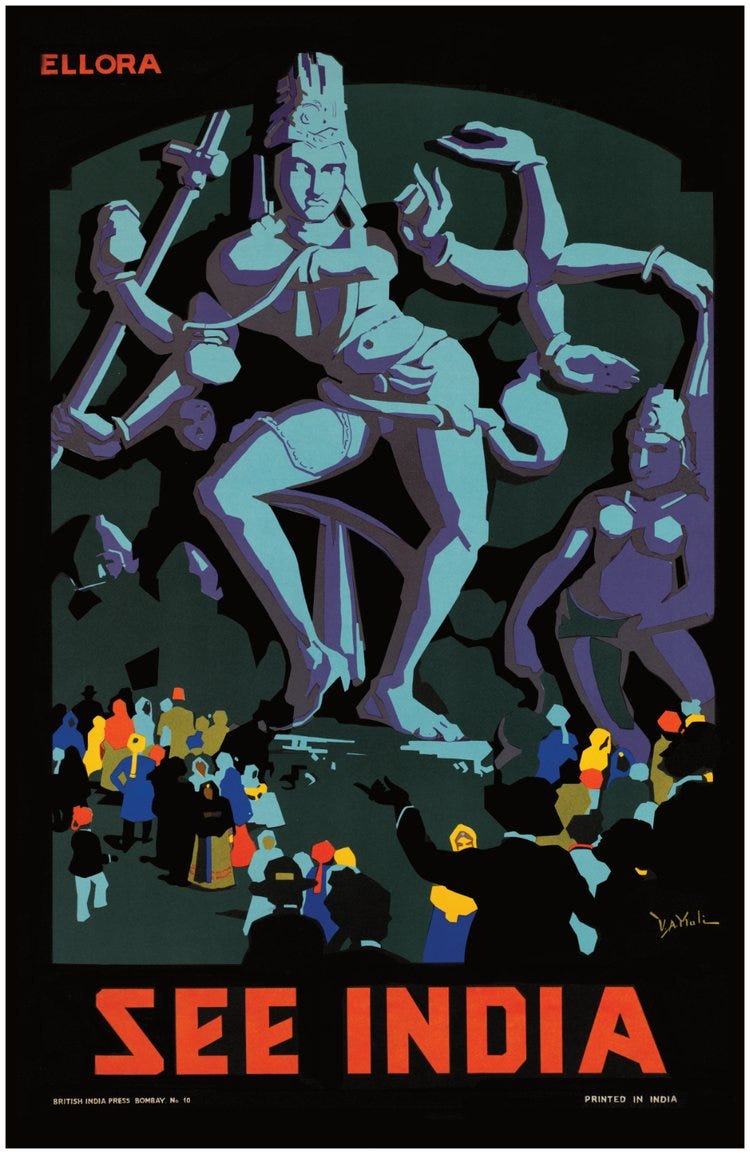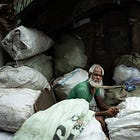Welcome to the Brown History Newsletter. If you’re enjoying this labor of love, please do consider becoming a paid subscriber. Your contribution would help pay the writers and illustrators and support this weekly publication. If you like to submit a writing piece, please send me a pitch by email at brownhistory1947@gmail.com.
Don’t forget to check out our SHOP and our Podcast

Recommended Reads:
How the West Backed ‘Forced Sterilization’ During the Emergency
When Kangana Ranaut’s highly publicized directorial debut Emergency premiered earlier this year, it was immediately panned by viewers and critics alike. Despite featuring an ensemble cast with some of Bollywood’s most memorable faces, Ranaut’s portrayal of Indira Gandhi was unable to withstand the harsh eye of Indian film audiences. The hasty pacing left viewers wanting more, with many calling it an overview of Gandhi’s regime that failed to truly focus on any one aspect in particular. (The acting is another discussion altogether.)
I found myself watching the film a few weeks ago at the behest of my partner, who suggested it may be fun to watch Emergency for the sake of it. While I was expecting to be taken aback by Ranaut’s obnoxiously nasal imitation of Gandhi and the irony that a BJP Member of Parliament was directing a movie about a former Prime Minister and Congress parliamentarian, I was especially disturbed to learn something about Gandhi’s tenure that my Indian education had never taught me—the forced sterilization program of 1975-77. This was an especially brutal campaign to curb India’s growing population that took place during the Emergency when civil liberties were suspended, permitting the forced sterilization of over millions.







